This article needs additional citations for verification. (August 2022) |

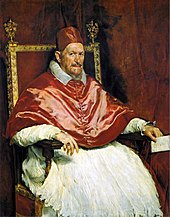
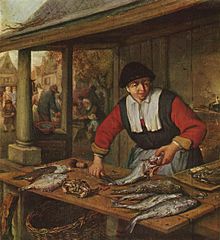
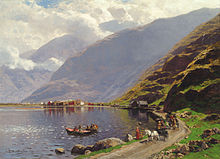


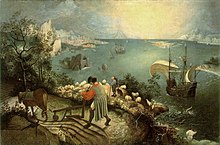
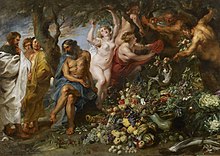
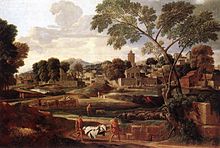
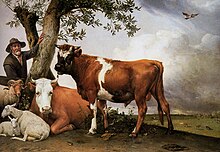
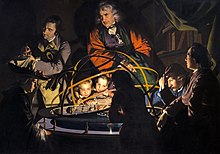
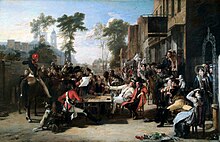
A hierarchy of genres is any formalization which ranks different genres in an art form in terms of their prestige and cultural value.
In literature, the epic was considered the highest form, for the reason expressed by Samuel Johnson in his Life of John Milton: "By the general consent of criticks, the first praise of genius is due to the writer of an epick poem, as it requires an assemblage of all the powers which are singly sufficient for other compositions." Below that came lyric poetry, and comic poetry, with a similar ranking for drama. The novel took a long time to establish a firm place in the hierarchy, doing so only as belief in any systematic hierarchy of forms expired in the 19th century.
In music, lyrical settings of words were accorded a higher status than merely instrumental works, at least until the Baroque period, and opera retained a superior status for much longer. The status of works also varies with the number of players and singers involved, with those written for large forces, which are certainly more difficult to write and more expensive to perform, given higher status. Any element of comedy reduced the status of a work, though, as in other art forms, often increased its popularity.
The hierarchies in figurative art are those initially formulated for painting in 16th-century Italy, which held sway with little alteration until the early 19th century. These were formalized and promoted by the academies in Europe between the 17th century and the modern era, of which the most influential became the French Académie de peinture et de sculpture, which held a central role in Academic art. The fully developed hierarchy distinguished between:[1]
- History painting, including historically important, religious, mythological, or allegorical subjects
- Portrait painting
- Genre painting or scenes of everyday life
- Landscape and cityscape art (landscapists were called "common footmen in the Army of Art" by the Dutch theorist Samuel van Hoogstraten)
- Animal painting
- Still life
The hierarchy was based on a distinction between art that made an intellectual effort to "render visible the universal essence of things" (imitare in Italian) and that which merely consisted of "mechanical copying of particular appearances" (ritrarre).[2] Idealism was privileged over realism in line with Renaissance Neo-Platonist philosophy.
The term is mostly used within the field of painting, and from the High Renaissance onwards, by which time painting had asserted itself as the highest form of art. This had not been the case in Medieval art and the art-commissioning sectors of society took a considerable period to fully accept this view. The Raphael Cartoons are a clear example of the continuing status of tapestry, the most expensive form of art in the 16th century. In the Early Medieval period lavish pieces of metalwork had typically been the most highly regarded, and valuable materials remained an important ingredient in the appreciation of art until at least the 17th century. Until the 19th century the most extravagant objets d'art remained more expensive, both new and on the art market, than all but a few paintings. Classical writings which valued the supreme skills of individual artists were influential, as well as developments in art which allowed the Renaissance artist to demonstrate their skill and invention to a greater degree than was usually possible in the Middle Ages.
- ^ Belton, Robert J. (1996). "The Elements of Art". Art History: A Preliminary Handbook. Faculty of Creative and Critical Studies: UBC's Okanagan Campus. Archived from the original on Aug 6, 2018.
- ^ Bass, 36 Google books